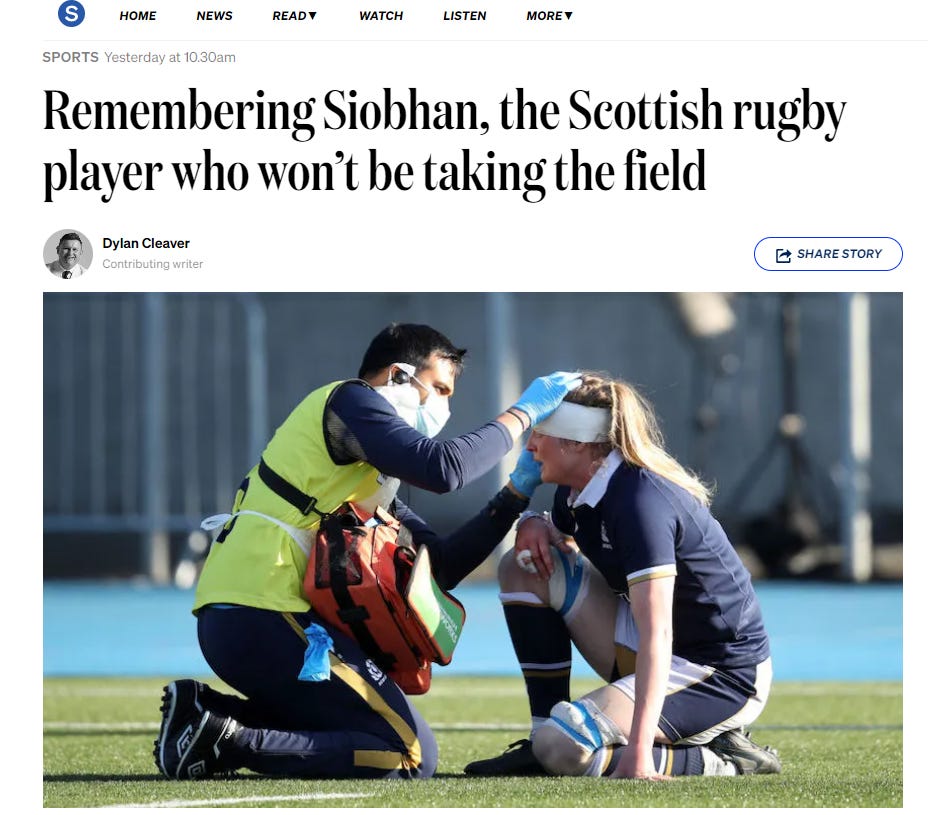RWC starts with both a bang and a long shadow
PLUS: Bathurst madness, boring All Blacks, an 'A' league question and a cocky cricketer
That was a weekend that will take some summing up, from the start of the Rugby World Cup, to the Black Caps’ now consistent inconsistency, to Shane van Gisbergen’s unqualified greatness and a bunch of other stuff.
To start, however, I want to point you to a story I wrote for The Spinoff, which appeared yesterday, about last year’s tragic death of Scotla…
Keep reading with a 7-day free trial
Subscribe to The Bounce to keep reading this post and get 7 days of free access to the full post archives.


